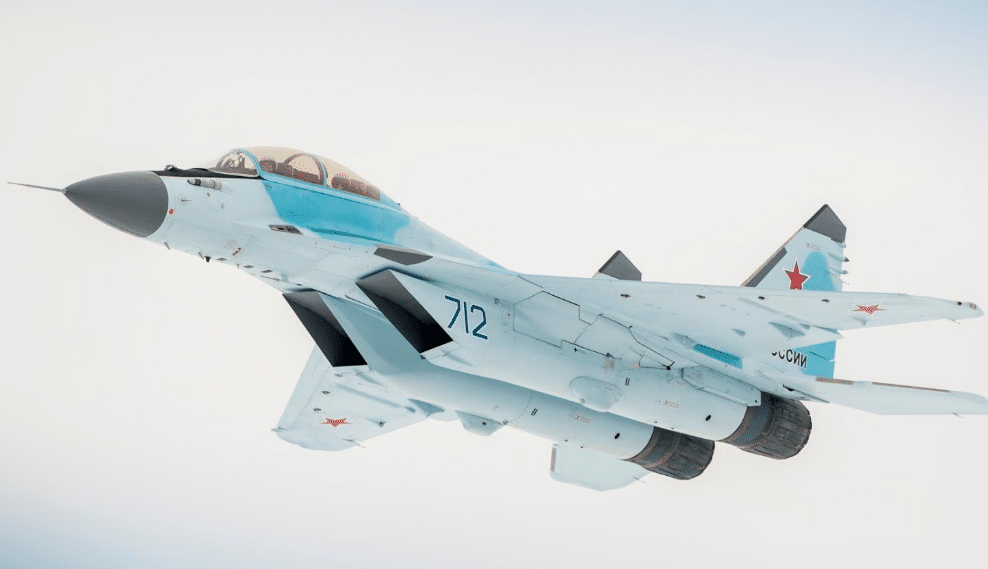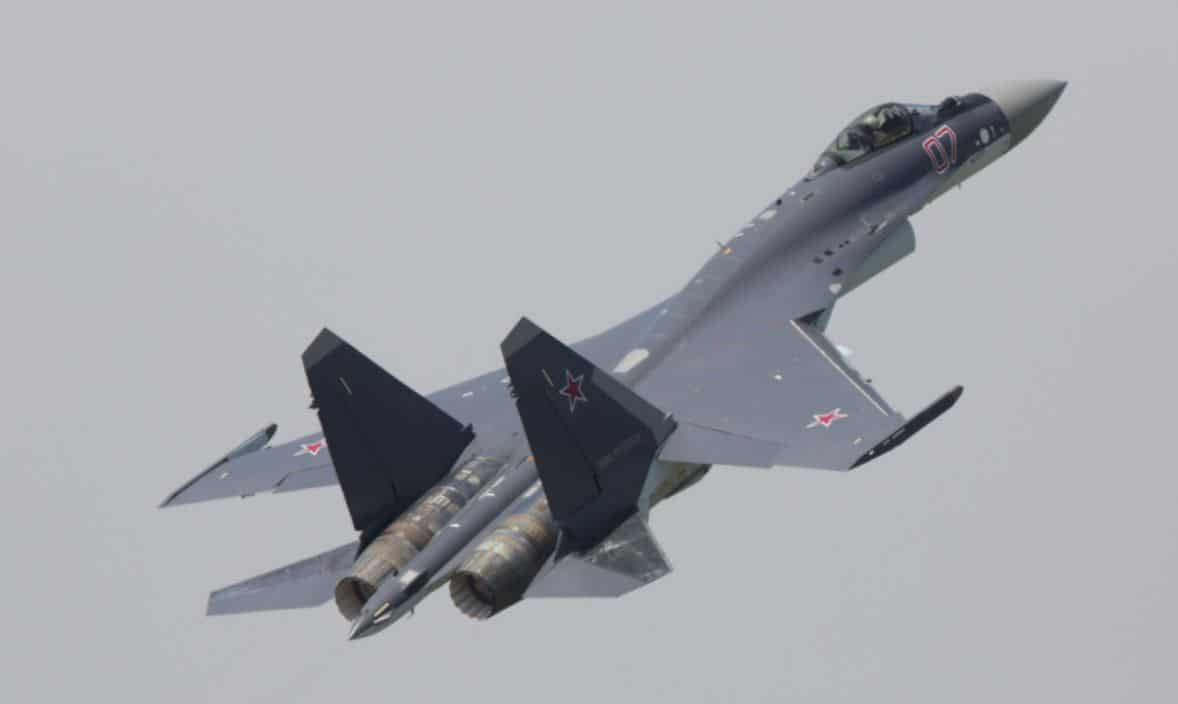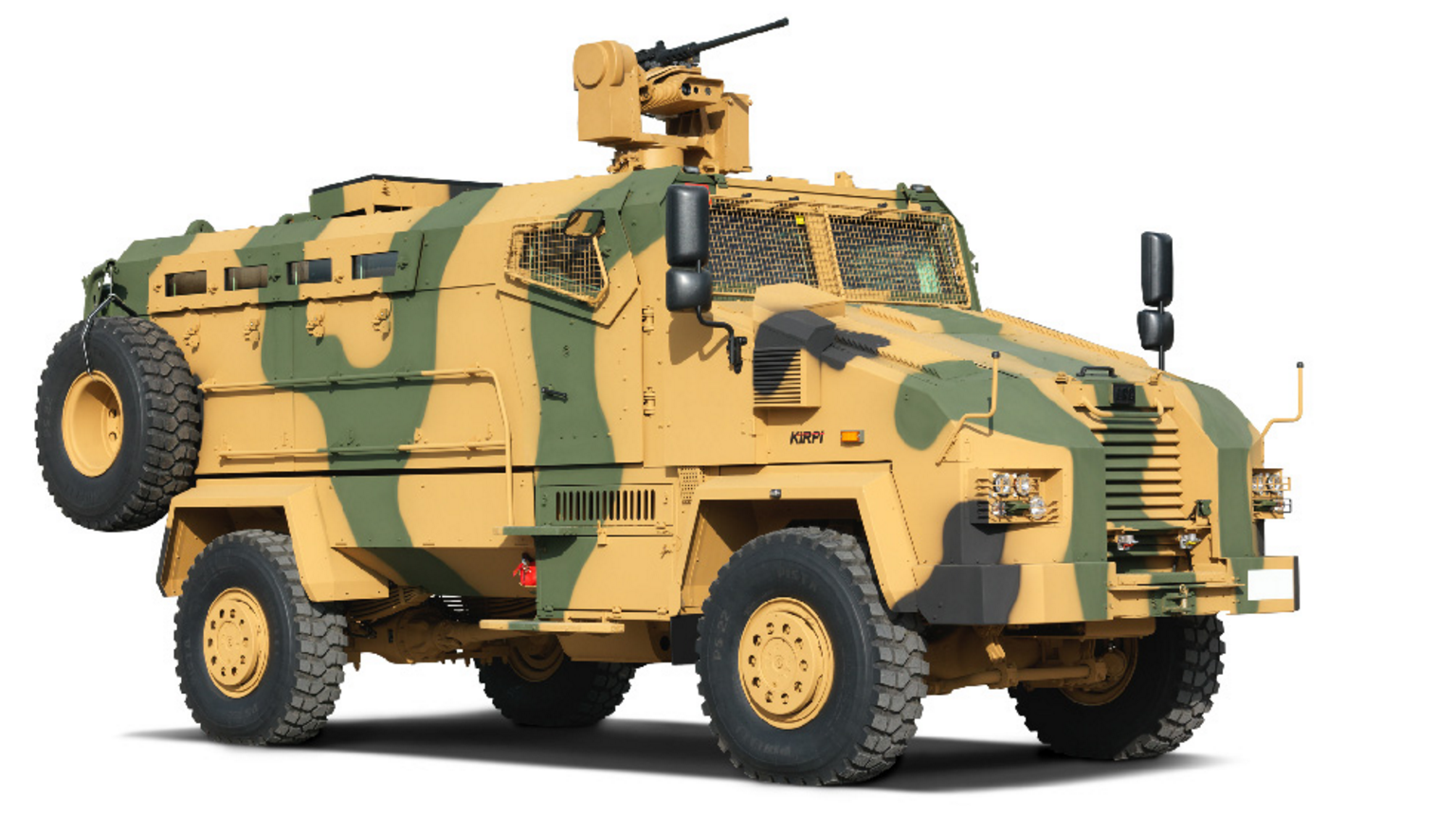2347Views 15Comments

MiG Corporation begins MiG-35 marketing push in developing world markets
The MiG Corporation has reportedly begun its marketing push for the recently launched United Aircraft Corporation (UAC) MiG-35 multi-role fighter.
Russian News Agency TASS reported (via Defense Aerospace) that MiG Corporation Director General Ilya Tarasenko told the radio broadcaster Echo Moskvy that there were many prospective markets in mind, with India, Kazakhstan, Bangladesh, Myanmar, Malaysia, Peru and Algeria on the engagement roadmap.
Tarasenko contended that the MiG-35 is a competitive platform in both cost and capability. While being able to deploy the same kinds of air-to-air and air-to-surface munitions as its contemporaries, the MiG-35 has a lower life-cycle cost (30-40%) and acquisition price (20%).
The MiG-35 is currently undergoing trials, which are to be concluded over the next two years. The Russian Aerospace Forces (VKS) had expressed interest in the MiG-35 as well.
Notes & Comments:
The MiG-35 is UAC’s first exportable fighter with an active electronically-scanned array (AESA) radar. It is not known how far the MiG-35 will stray from the U.S. $45-50-million unit price of Egypt’s major Fulcrum contract from 2015-2016, which may be for the MiG-35 (unconfirmed). It appears that UAC is aiming to keep the MiG-35 close to that figure, so as to effectively compete against the Lockheed Martin F-16V and JAS-39E/F Gripen NG, which may be its closest competition on the market.
In terms of engagement, UAC’s short-term focus is likely to be on Bangladesh, which has an active tender for eight (with an option for four more) twin-engine multi-role fighters. Securing this tender could open the MiG Corporation to follow-on orders from Dhaka, providing secure long-term business activity.
Besides Bangladesh, the South American market is flush with cost-sensitive legacy fighter users. Peru already operates an older variant in the MiG-29SMT, which makes it – like other legacy MiG-29 users – one of UAC’s prime markets. While Argentina suspended its plans for a new fighter platform, potentially better economic and fiscal conditions in the future could restore it as a factor. Ecuador should also be a major candidate considering that it essentially operates vastly upgraded Dassault Mirage III variants in the Atlas Cheetah and Israel Aerospace Industries (IAI) Kfir. Venezuela is already an existing user of Russian fighter aircraft, so UAC should benefit from an existing relationship.
There is certainly a market for the MiG-35, but it will be incumbent for UAC and Moscow to compete on cost as well as deliver on reliability and scheduling. Cost-sensitive markets have limited flexibility in terms of assuming risk, and in the absence of financing plans (due to Moscow’s current economic difficulties), cash payments will certainly demand concessions on cost, delivery, quality-assurance, etc. Markets where UAC has active competitors, such as Saab, could be swayed to the costlier alternative if other elements, such as financing and supplier-credibility, are in place.



15 Comments
by Shaukat Ali
Is there any chance for Pakistan to acquire a twin engine fighter jet such as the Mig35?
by OSD
Considering the most likely adversary of Pakistan would be India and it is an immediate neighbor, the PAF doesn’t need a twin engined fighter to carry the extra fuel and heavier avionics. The twin engined fighters also carry much higher maintenance costs and would need huge investment to set up the logistic lines and trained personnel required to operate the planes.
So rather than induct a new plane and complicate the supply lanes with another legacy plane, the PAF might be targeting the JF-31 as the next addition.
by Bilal Khan
Well … Russian officials did say that the MiG-35 would be great for local counterinsurgency conflicts. The PAF could get cute and take them up on that claim 😉
by Rehan
Perhaps Indian is in talks with Russia for T-50 FGFA as well. Has Pakistan assessed Chinese Shenyang J-31 yet?
by Aamir
Pakistan getting a Russian jet fighter is very unlikely, not because of Pakistan but obviously because of Russian policy. That may change if India selects an American fighter with the MRCA Part II, since per the announcement from the MOD the tender will be for 200 single engine aircraft and rules out every Russian fighter aircraft along with the Rafal & the typhoon. The only 2 jets that fit this requirement are the F16 & the Gripen. This requirement may change, but till then it is a 2 ‘dog fight’.
by Superior Shakeel
They have invested around 484 million $ in the project so far and will receive 2 prototypes soon the prototype numbered 12 and 13 will be for India right now prototype 8th is going flight testing with full stealth coatings and engine nacelles are covered too so yeah they will be producing pak fa based FGFA after 2021 when Su 30 MKI orders finish so better get something going either in the form of JF-18 or FC-31.
by SS_IND
Its a fighter which only countries with insufficient funds and budget would buy….it not as advance as the F-16 Block -70/72, Rafale, Eurofighter, F-18 Super hornet E/F or the F-35. Its just an AESA upgrade to the Mig-29 UPG (India has 5 squadrons already upgraded). Its evident as UAE decided to sign a deal it Mikhoyan to develop a 5th gen fighter rather than any order for the Mig-35s. Its mostly going to end up in airforces from the african and south american countries in low number of squadrons. Even if Bangladesh buys them its going to be only 8 fighters or max 12 which is not even a squadron. Malaysia is already holding an MMRCA in which the Rafale and Eurofighter are the finalists.
by OSD
India is in talks with Russia to partner in that program but all the news articles up till now indicate that the T-50 FGFA program is in trouble and India has balked at the price quoted by the Russians to buy the whole project. India is also insisting on the Russians ordering the same planes but Russia has been reluctant in committing to it.
On the other hand, Pakistan has been strongly linked with the J-31. But the development phase still has a long way to go.
by OSD
Haha.. I think the Russians will promote it as a great ice cream delivery truck if that helped them sell it to other countries. There is one great attraction in the Mig-35 and that is the commonality of its engines with the JF-17. But the past relationships will be a great stumbling block in the way of any fighter jet deal with Russia.
by Bilal Khan
It would be potential engine commonality – i.e. if the PAF selects the RD-33MK for future JF-17 blocks. But besides the tenuous nature of the Russian-Pakistani relationship, the MiG-35 is still going through tests and we have yet to really see if MiG Corp has overcome its quality assurance reputation (which resulted in Algeria returning their MiG-29s!).
by Aamir
I think a better and a much more realistic option would be the Typhoon. There are used versions on the market and in the event of a Indo – Pak war you have assets in Kuwait & Saudi Arabia that could be transferred to you ( like in 1971 assets from Jordan, Iran & Saudi were transferred to us) you could potentially use some of the technology employed in the typhoon to improve the JF 17.
by Bilal Khan
The main concern I have is finding a suitable successor to the Mirage ROSE-I and ROSE-II/III in the air defence and strike roles, respectively, in a reasonable timeframe. The Typhoon would be great on paper, but I doubt it would be affordable for Pakistan to integrate it with its selection of weapon-systems, it’ll have to secure what’s already in place – i.e. Western goods. That is a shaky bet. One of the appealing things about the Su-35 thought was that the PAF could probably configure it with the SD-10, H-2/H-4, C-802, REK, MAR-1, Ra’ad and A-Darter/PL-10. Ditto for the MiG-35 and J-10B/C.
by Aamir
Understood, if we are to successfully market the JF 17 to the global market the the fighter would need to be made compatible with western weapons. We have the 74+ F16, so we already have 2 sets of weapons. The A darter, MAR 1 & any Brazilian or South African are already compatible with western platforms like the Gripen, which is used by both. I think buying Russian weapons would make us victims of Indian- Russian black mail. Granted the Chinese will probably reverse engineer the SU 35.
Great conversation!! Cheers!
by Bilal Khan
Technically any weapon is compatible with any platform. The issue is the actual cost of getting the vendor to get the job done (or to release the necessary source codes). Currently, the A-Darter is in the process of being integrated to the Gripen, but the MAR-1 isn’t in the pipeline yet. It’ll depend on Brazil’s fiscal ability at this time, and considering the reports of the FAB looking into MBDA weapons, I’d take caution. I’m sure the Europeans would be fine with letting the PAF integrate its goods onto the Typhoon, but it’ll cost a lot.
The good thing about the JF-17 is that we bought control over the platform, so we are free to integrate what we wish to it. With the Russians, there are issues (for the PAF) in terms of supply-side reliability and uncertainty, but technically, the Russians are probably the most flexible after AVIC and PAC.
As for the Su-35 and China. The Chinese had reverse engineered the Su-27 and Su-30, but they’re not in the hands of the PAF. There are clearly regulatory obstacles preventing such sales from happening, so the Chinese having the Su-35 is a non-factor for the PAF.
by Carlos Rabines
Perú debe decidir entre el MIG-29 y el SU-35. Actualmente tiene una flota de 19 MIG-29 SMT recientemente modernizados, pero este numero de aviones de combate es infuficiente para un territorio tan grande como el Perú.